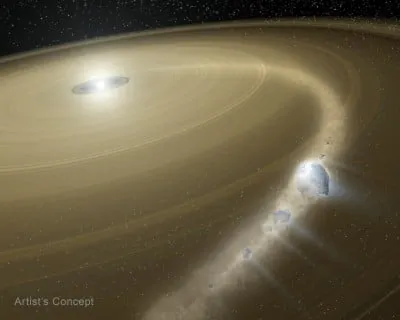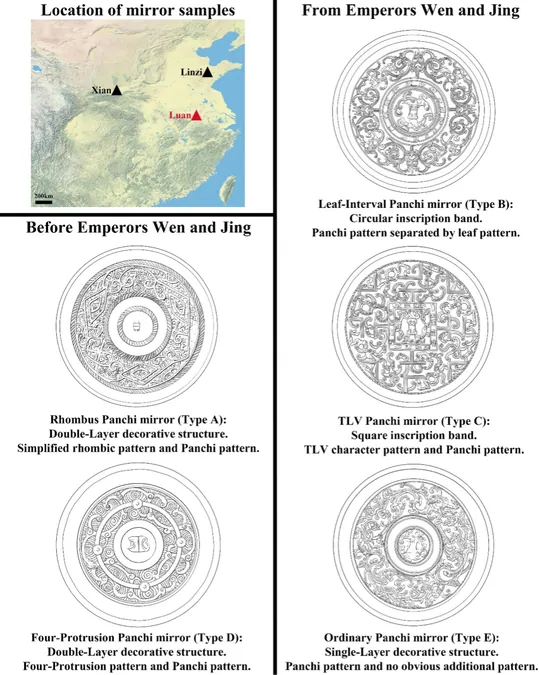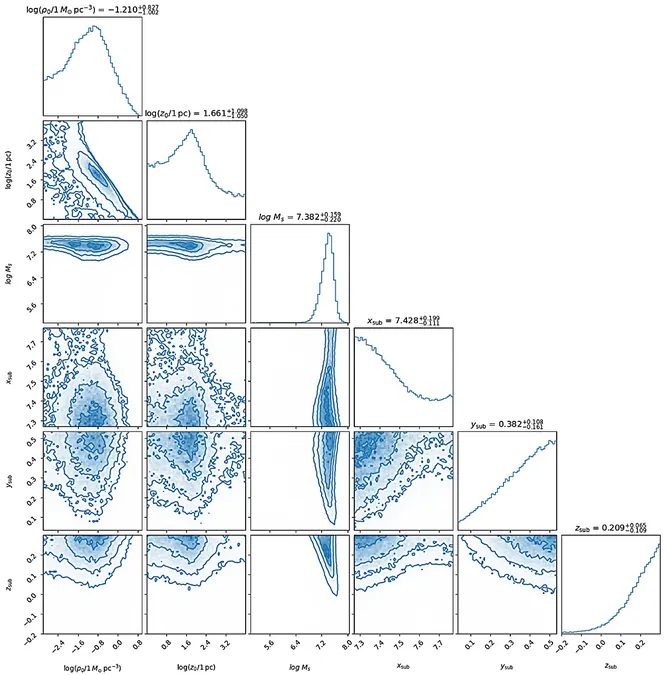
NASA’s Hubble Unveils Stellar Snack: A White Dwarf Devours a Pluto-Like Object!
2025-09-18
Author: Nur
In a cosmic twist, a nearby white dwarf has been spotted feasting on a fragment of what could resemble Pluto. This intriguing discovery was only made possible by NASA's Hubble Space Telescope, renowned for its exceptional ultraviolet capabilities.
This particular white dwarf, roughly half the mass of the Sun, is densely packed into an Earth-sized body. Astronomers believe its powerful gravitational pull has snagged and shredded an icy object from a distant region analogous to our own Kuiper Belt—a ring of debris orbiting our solar system.
Recently published findings in the Monthly Notices of the Royal Astronomical Society revealed that researchers analyzed the chemical imprints left by the stricken object as its pieces succumbed to the white dwarf. Among the substances identified were 'volatiles'—elements with low boiling points, including carbon, sulfur, and nitrogen—while a surprising abundance of oxygen hinted at the presence of water.
"We were taken aback," stated Snehalata Sahu from the University of Warwick, who led the analysis of Hubble's survey data. "We didn’t anticipate finding water or icy materials, as such comets are generally expelled from planetary systems when their stars evolve into white dwarfs. The presence of this volatile-rich material challenges existing assumptions in the study of white dwarfs and exoplanets."
Using Hubble's Cosmic Origins Spectrograph, the research team uncovered that a staggering 64% of the fragments comprised water ice. This led astronomers to suggest that the object was likely more massive than typical comets, potentially resembling a piece of an exo-Pluto.
Besides this significant water content, they also detected an unprecedented high fraction of nitrogen—similar to what coats Pluto's icy surface. "We suspect the white dwarf has gobbled up debris from the crust and mantle of a dwarf planet," Sahu added.
Detecting such volatile-rich fragments in visible light is a tough feat. Hubble, with its unmatched sensitivity to ultraviolet light, was essential for this revelation. In regular optical light, the white dwarf would appear utterly mundane.
Located about 260 light-years away, this white dwarf is a relatively close neighbor in the cosmic scale. During its time as a Sun-like star, it would have likely harbored planets and its own version of the Kuiper Belt.
Imagining a Distant Future
Fast forward billions of years, and our own Sun will one day collapse into a white dwarf, likely drawing in Kuiper Belt objects with its intense gravity. "These celestial remnants will be shattered and assimilated," Sahu explained. "In the distant future, an alien observer might witness the same kind of debris we’re studying today around this white dwarf."
The research team is now setting their sights on using NASA's James Webb Space Telescope to identify molecular features like water vapor and carbonates in the white dwarf's vicinity. This additional research will deepen our understanding of the frequency and nature of volatile-rich accretion events.
Sahu is also monitoring interstellar comet 3I/ATLAS, keen to unveil its chemical secrets, particularly its water content. "These studies are vital for understanding planet formation and the mechanisms through which water reaches rocky planets," she emphasized.
Boris Gänsicke of the University of Warwick, principal investigator of the Hubble program that made this discovery, expressed his excitement: "We’ve observed over 500 white dwarfs with Hubble, unraveling vital insights into planetary building blocks. Identifying a system mimicking our solar system's icy outskirts fills me with exhilaration—a true milestone in our comprehension of these celestial bodies' formation and evolution."
For over three decades, the Hubble Space Telescope has been a beacon of astronomical discovery, transforming our understanding of the universe. This remarkable project stands as a collaboration between NASA and the European Space Agency (ESA), managed by NASA’s Goddard Space Flight Center in Maryland.




 Brasil (PT)
Brasil (PT)
 Canada (EN)
Canada (EN)
 Chile (ES)
Chile (ES)
 Česko (CS)
Česko (CS)
 대한민국 (KO)
대한민국 (KO)
 España (ES)
España (ES)
 France (FR)
France (FR)
 Hong Kong (EN)
Hong Kong (EN)
 Italia (IT)
Italia (IT)
 日本 (JA)
日本 (JA)
 Magyarország (HU)
Magyarország (HU)
 Norge (NO)
Norge (NO)
 Polska (PL)
Polska (PL)
 Schweiz (DE)
Schweiz (DE)
 Singapore (EN)
Singapore (EN)
 Sverige (SV)
Sverige (SV)
 Suomi (FI)
Suomi (FI)
 Türkiye (TR)
Türkiye (TR)
 الإمارات العربية المتحدة (AR)
الإمارات العربية المتحدة (AR)